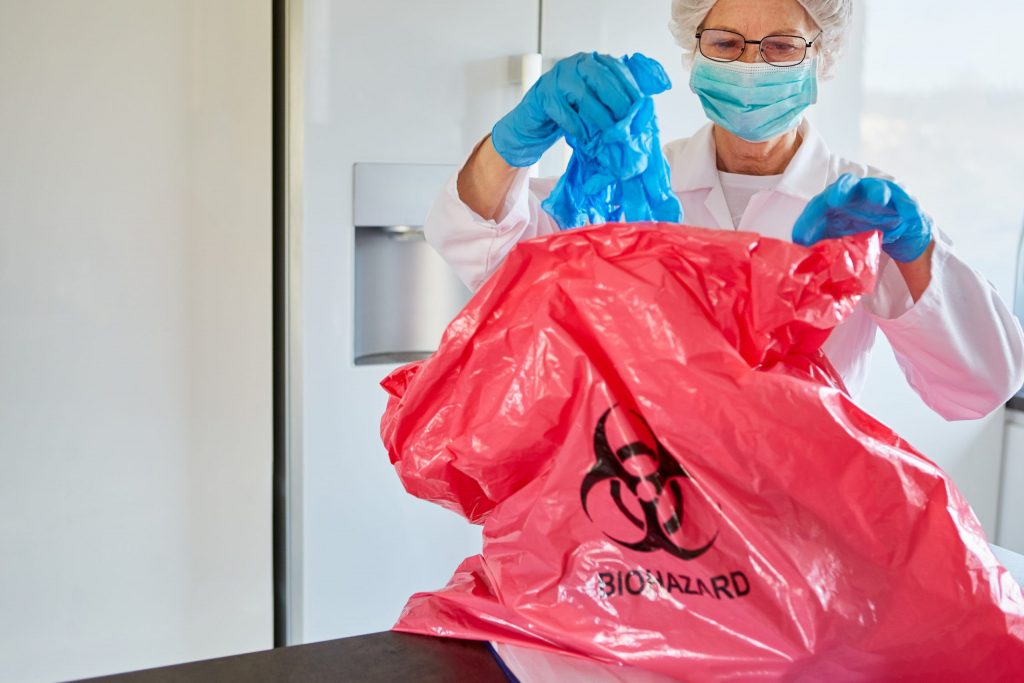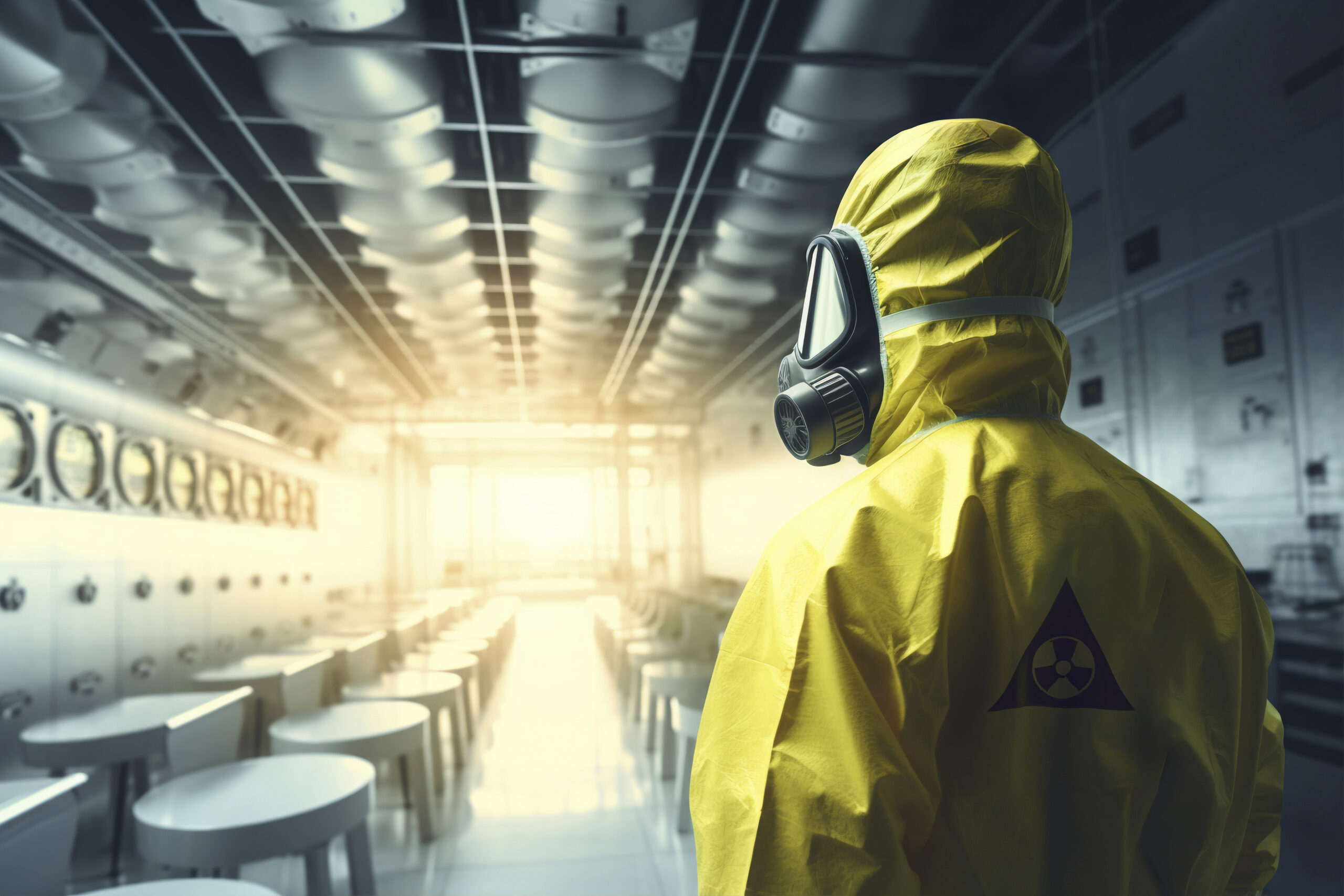Clandestine Lab Cleanup: Comprehensive Purification for Hazardous Sites
Professional Biohazard Cleansing and Purification for Blood, Bodily Fluids, and Hazardous Materials
The prospective health dangers associated with exposure to biohazards emphasize the essential need for meticulous handling and detailed clean-up. As we browse the elaborate landscape of biohazard clean-up, recognizing the subtleties of policies, compliance, and the specialized tools at play becomes critical in making sure a thorough and risk-free purification process.
Health And Wellness Risks of Biohazard Direct Exposure
Exposure to biohazards poses considerable health dangers that can result in severe consequences for individuals and communities alike. Biohazards encompass a large range of biological materials, including blood, physical fluids, mold, bacteria, infections, and various other possibly infectious materials. When people enter into contact with these biohazards, whether via crashes, incorrect handling, or ecological direct exposure, they face the danger of having serious health problems or illness.
Among the key wellness risks connected with biohazard exposure is the transmission of infectious conditions. Bloodborne pathogens such as HIV, liver disease B and C, and various bacteria can be existing in biohazardous products, posturing a straight danger to human health and wellness. Breathing in airborne biohazards like mold spores or coming right into contact with infected surfaces can additionally bring about respiratory system issues, allergic reactions, and various other damaging wellness impacts.
Moreover, biohazard exposure can have long-term wellness implications, with some illness manifesting years after the preliminary get in touch with (Blood Cleanup). Consequently, it is crucial to focus on appropriate biohazard cleaning and decontamination to reduce these health and wellness risks and ensure the safety and security of areas and individuals

Specialized Training for Biohazard Cleanup
When it concerns dealing with biohazard cleaning efficiently and safely, specialized training plays a basic function in making sure appropriate decontamination treatments are followed. Biohazard cleanup needs specific knowledge and abilities to properly alleviate risks connected with bloodborne pathogens, bodily liquids, and harmful products. Specialists learnt biohazard clean-up go through strenuous direction on exactly how to safely manage, remove, and get rid of biohazardous products to avoid contamination and exposure.
Specialized training for biohazard cleaning covers an array of crucial topics, consisting of appropriate individual protective tools (PPE) usage, bloodborne microorganism awareness, decontamination strategies, and contaminated materials disposal protocols. Individuals learnt biohazard cleanup are geared up with the needed experience to evaluate contamination degrees, identify potential dangers, and carry out suitable cleanup procedures in conformity with governing criteria.
Continuous training and education and learning are critical in the area of biohazard clean-up to remain upgraded on the latest purification technologies, safety and security procedures, and policies. By investing in specialized training, biohazard cleanup specialists can properly react to emergency situation clean-up scenarios and guard both public health and wellness and the environment.
Value of Appropriate Purification Strategies
Using proper purification techniques is important in biohazard clean-up to effectively remove dangerous directory products and decrease wellness threats. Effective decontamination not only guarantees the removal of noticeable traces of blood, physical fluids, and other biohazards but additionally targets unnoticeable microorganisms that may position significant health and wellness threats otherwise effectively gotten rid of. By complying with strict purification methods, educated experts can significantly minimize the danger of exposure to dangerous microbes, viruses, and germs that could cause infections or illness.
Appropriate purification techniques entail using specific devices and disinfectants that are especially made to neutralize biohazards efficiently. Thorough cleansing and sanitation of infected areas are crucial to stop the spread of virus and make certain a secure atmosphere for residents. In addition, the right disposal of biohazardous waste adhering to decontamination procedures is important in preventing contamination of other surface areas or people.

Devices and Devices for Safe Clean-up
When dealing with blood, bodily fluids, or hazardous materials, biohazard cleansing experts depend on specialized equipment to reduce exposure threats and thoroughly sanitize the affected location. Furthermore, biohazard cleaning packages containing anti-bacterials, absorptive products, and biohazard bags are utilized to safely include and dispose of polluted products.
Advanced cleansing devices like hospital-grade disinfectants, HEPA-filtered vacuum cleaners, and fogging devices are utilized to disinfect surface areas and remove biohazards successfully. Specialized devices such as sharps containers and biohazard garbage disposal bins are used to safely handle sharp objects and biohazardous waste products. By making use of the right tools and devices, biohazard cleansing specialists can guarantee a complete cleanup procedure that focuses on safety and decreases wellness risks for both workers and passengers of the afflicted room.
Regulations and Conformity in Biohazard Cleaning
Proper adherence to guidelines and compliance requirements is paramount in biohazard cleaning to make sure the safety and security of both workers and the atmosphere. Federal government agencies such as OSHA (Occupational Safety and Health And Wellness Administration) and the EPA (Environmental Defense Agency) have developed certain guidelines for biohazard cleanup procedures to reduce wellness risks and environmental contamination. These guidelines cover a series of aspects including the handling, transportation, and disposal of biohazardous products, in addition to the required training and safety equipment needed for workers entailed in the cleanup process.
Biohazard cleaning companies have to remain updated with these guidelines to special info assure that their procedures meet the called for safety and security standards. Failure to conform with these guidelines can result in severe repercussions, consisting of penalties, lawsuit, and threatening the wellness of individuals and the atmosphere. By complying with rigid regulations and conformity measures, biohazard cleansing business can effectively reduce risks and make sure a extensive and safe clean-up process for all celebrations entailed.
Conclusion
In conclusion, biohazard cleaning and purification call for customized training, appropriate techniques, and adherence to policies. Direct exposure to blood, bodily liquids, and hazardous materials positions substantial health and wellness threats, making it crucial to utilize the ideal devices and tools for safe clean-up. By complying with strict procedures and standards, professionals can properly minimize the threats related to biohazard exposure and make sure the safety and security of both themselves and others.
As we navigate the detailed landscape of biohazard clean-up, understanding the nuances of laws, compliance, and the specific tools at play becomes vital in making certain a risk-free and thorough decontamination procedure. (Blood Cleanup)
When it comes to dealing with biohazard clean-up efficiently and securely, specialized training plays a fundamental function in making certain appropriate decontamination procedures are adhered to.Utilizing correct purification methods is important in biohazard cleaning to effectively reduce and remove unsafe materials health and wellness look at more info risks. Additionally, biohazard cleaning kits consisting of anti-bacterials, absorbing materials, and biohazard bags are used to safely dispose and contain of contaminated items.
Government agencies such as OSHA (Occupational Safety and Health Management) and the EPA (Environmental Defense Company) have actually developed specific guidelines for biohazard cleanup treatments to reduce health and wellness dangers and ecological contamination.